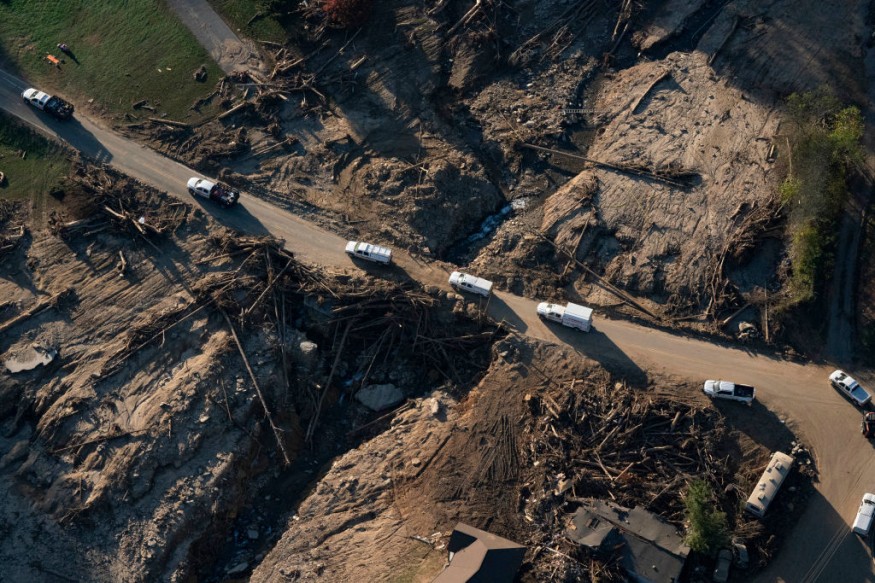
Natural disasters ravaged the United States in 2024, leaving behind immense destruction and loss. According to the National Oceanic and Atmospheric Administration (NOAA), there were 24 weather-related catastrophes, each costing over $1 billion.
Although this fell short of the record 28 disasters in 2023, the impacts were devastating. "This year's extreme weather events underscore the growing intensity of natural disasters," NOAA reported. These events claimed 418 lives, higher than the five-year average of 399.
Tornadoes Break Records
Tornadoes wreaked havoc across the central United States, with 1,765 tornadoes reported — the second-highest total since 2011, USA Today reported. May alone accounted for 576 tornadoes, primarily in Texas, Nebraska, Iowa, and Illinois. These storms uprooted communities, leaving thousands displaced.
One of the most destructive events occurred in Greenfield, Iowa, where a tornado nearly wiped out the small town, killing five and injuring dozens.
Hurricanes Devastate the Southeast
Hurricane Helene was the most catastrophic storm of 2024. Making landfall in Florida on Sept. 26, Helene's winds stretched 60 miles from its eye, dumping up to 20 inches of rain, UPI said.
Floodwaters destroyed critical infrastructure across North Carolina, washing away major highways like Interstates 40 and 26. More than 230 people lost their lives, and millions were left without power.
Florida also endured Hurricane Beryl earlier in the season. With 80 mph winds and widespread flooding, it knocked out utilities for more than a million customers in Houston alone.
Flooding and Wildfires
Flooding remained a costly and deadly issue. Heavy rains in San Diego in January caused widespread destruction, while the remnants of Hurricane Helene brought catastrophic flooding to the Southeast.
Wildfires consumed 8.4 million acres, surpassing the 10-year average. Despite fewer fires overall, prolonged dry conditions fueled larger blazes, particularly in the mid-Atlantic and New England regions. "The wildfire season's intensity shows how shifting climate patterns are extending fire risks," experts noted.
The Road Ahead
Forecasters predict a moderate winter for most of the U.S., though waves of cold air may bring additional challenges. Experts warn that climate change will continue to drive extreme weather events, making preparedness critical.
From tornadoes to hurricanes, the disasters of 2024 highlight the need for resilience and adaptation as communities confront an increasingly volatile climate.
© 2025 NatureWorldNews.com All rights reserved. Do not reproduce without permission.





